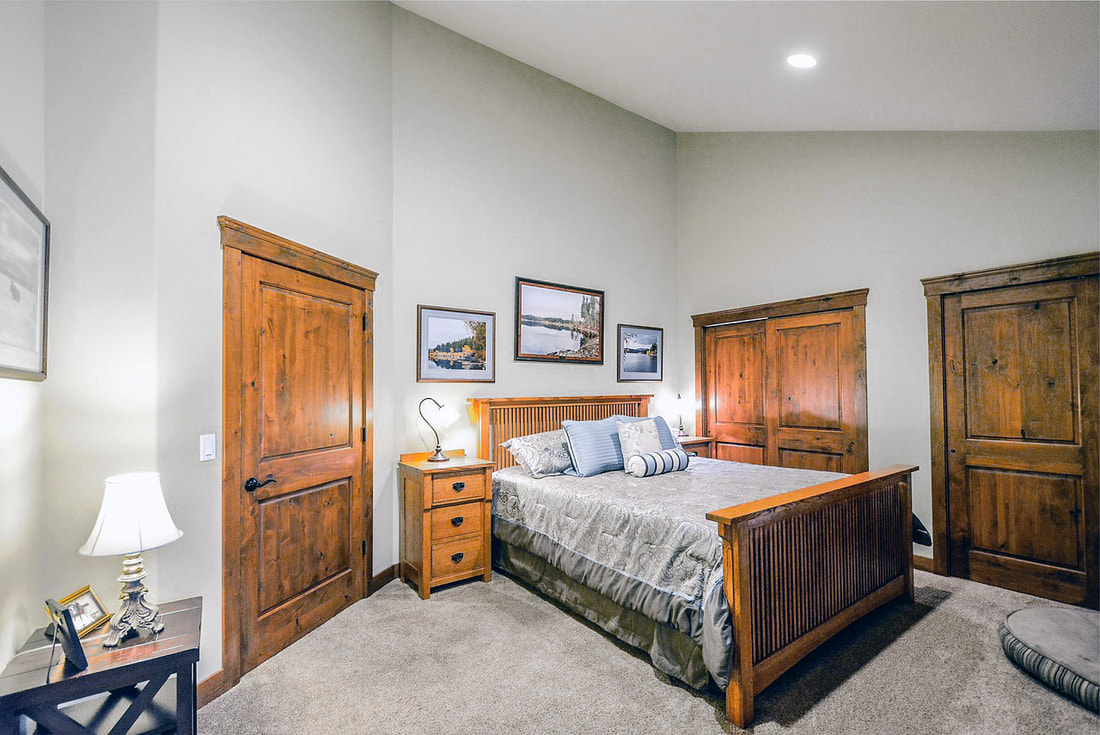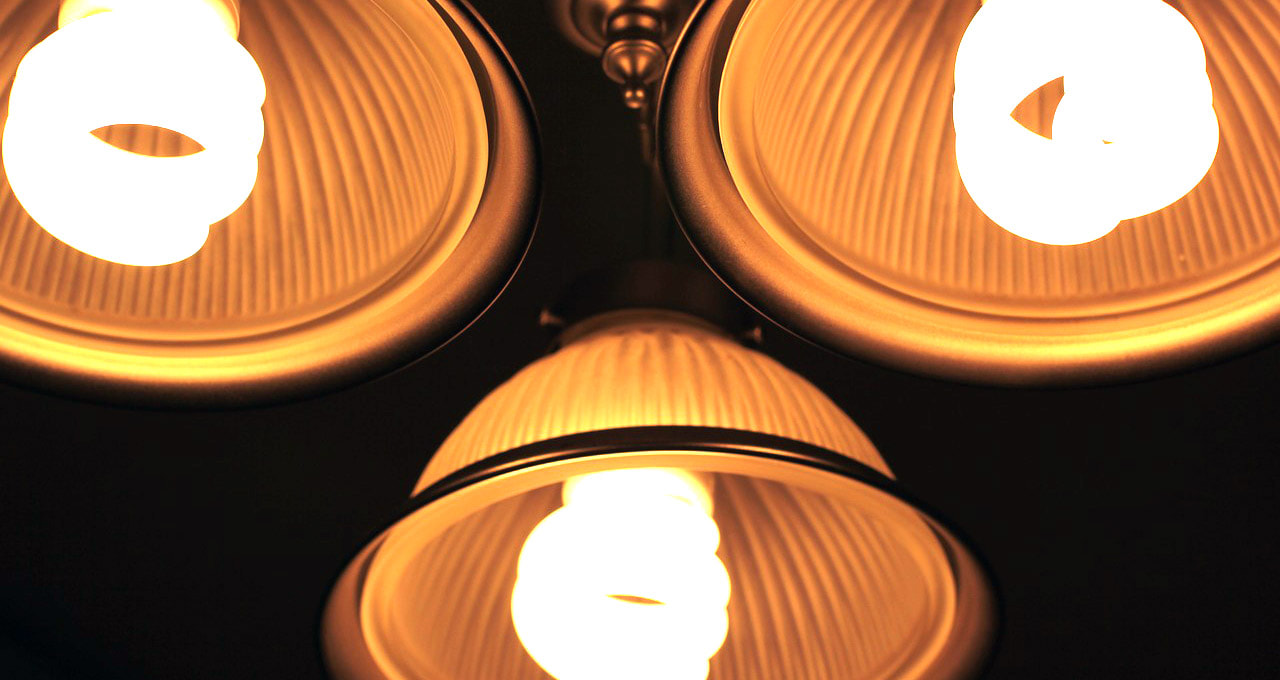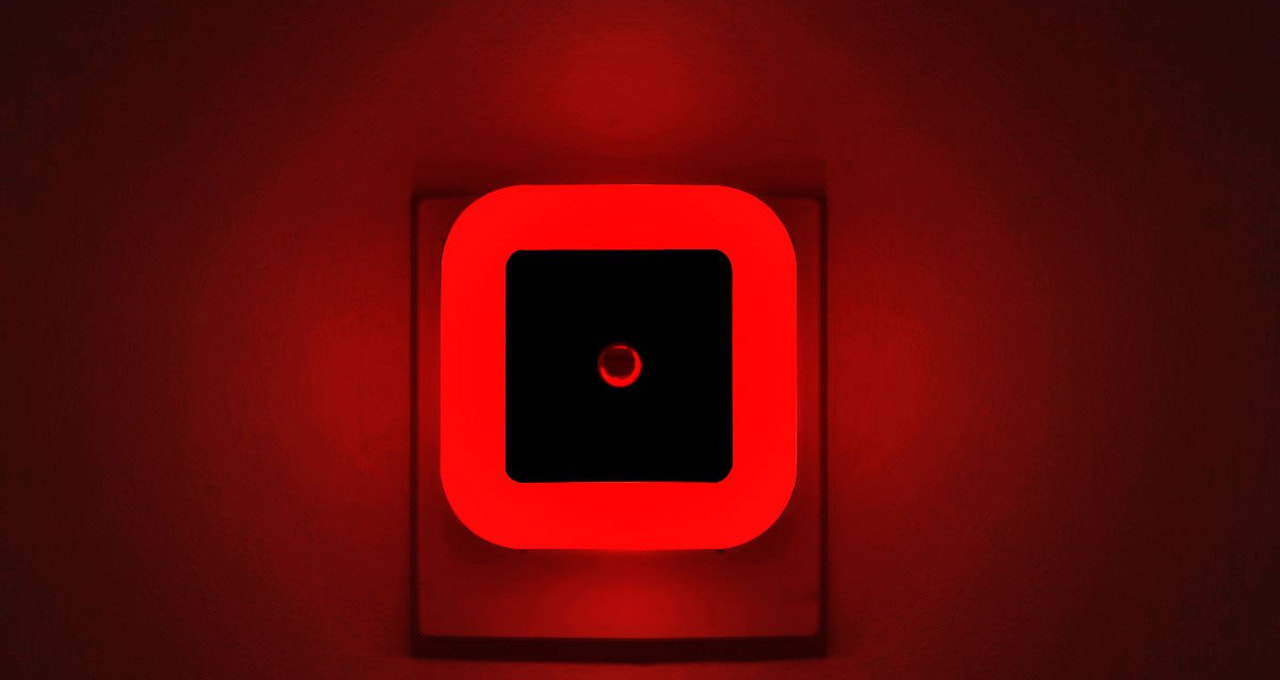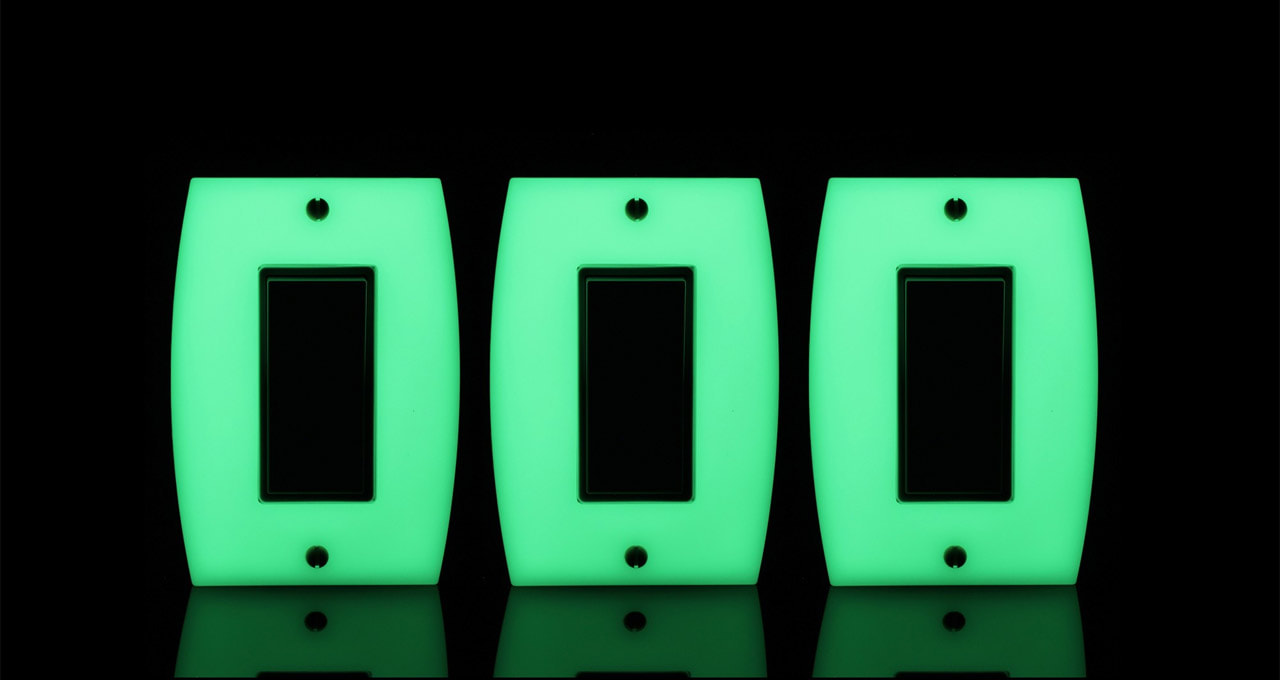|
By Anna Hazard
Introduction
In order to lower the potential risk of tripping and falling within the bedroom, proper lighting should be installed throughout. This would include having ambient lighting from diffused sources in order to minimize glare as well as having adjustable task lighting over high-use areas such as desks, computers, dressing and reading areas (including the bed, if that is where reading & other tasks are done).
Like in the other areas of the house, light fixtures should be installed in locations with easy access for light bulb replacement and the lights themselves should be aimed downward instead of horizontally to help reduce the production of shadows and to further illuminate any potential tripping hazards. In addition, the walls of the bedroom should be painted in light colors in order to help further brighten the room as well as minimize potential shadows. In particular the glare from undiffused lighting or other reflective surfaces can cause visual acuity problems. This can be particularly dangerous when traversing the room if there isn't sufficient contrast between the flooring and walls. Lights for the Day
High illumination provided by good quality fluorescent light bulbs (instead of old style incandescent bulbs) can help improve contrast, color perception, and shape distinguishment which can be helpful when it comes to dressing, choosing clothing, or looking at pictures & reading while in the bedroom. This is a particular boon when it comes to aging eyes that may have various developed various visual problems over the years.
Otherwise, long lasting and energy efficient LED lights that are easy to maintain can be used during the day. As normal LED lights tend to put out light in the blue spectrum, they should be avoided at night. Lights for the Night
Since seniors often develop insomnia and other sleep related problems (including trouble going or remaining asleep throughout the night), lighting that helps maintain the normal circadian rhythm should be used within the bedroom at night.
Thus the use of light bulbs that put out light in the blue spectrum should be avoided in the evening as studies have shown that the body's reaction to blue light is similar to its reaction to bright sunlight (which causes the suppression of melatonin a hormone that helps regulate the body's internal sleep cycle). For that reason, un-tinted computer or television monitors should be avoided or adjusted to night mode in the evening. During the night, red tinged and other low color temperature lights should be used instead. This would include the potential use of red sleep therapy lights as well as red tinted nightlights. Nightlights should be used when maneuvering around the house at night instead of full overhead lighting which can shock the body into full alertness. Otherwise the bedroom should be kept dark during sleep hours. Potential incoming light from the windows and other outside sources should be blocked through the use of shades or blinds (with a preference for vertical blinds as they accumulate less dust due to their positioning and thus are easier to clean & maintain). For further convenience (or a necessity by those users who may be bedridden), automated or motorized window coverings can be installed that can be controlled via remote control from the bed. Otherwise sleeping and wake-up alarm lights can be used as sleep aids to help stimulate the natural circadian rhythm. This can be done by emulating sunset at sleep time using red and amber lights during the night and then triggering a more natural wake-up experience by simulating a dawn through gradually increasing yellow and blue light during the wake-up period in the morning. Lights for Safety & Convenience
As it's extremely likely that someone will be navigating through the bedroom at night (due to either bathroom breaks or snack raids), one essential for bedroom safety includes the presence of night lights (preferably in the red spectrum to cause the least interference with sleeping patterns). These night lights should also preferably have an emergency function that is run by batteries so that light is still available even during power blackouts at night.
Otherwise, lights that have been installed under-the-bed that are triggered by motion are convenient to have at night as well as having rocker style glow-in-the-dark light switches. These type of switches are the easiest to activate by a user that may have arthritis or other hand dexterity and strength issues and having them glow-in-the-dark makes them easier to spot at night for those who may have visual problems. Another option are dimmable lights (often operated by dials instead of switches) which are particularly convenient in the bedroom where lights should be kept muted at night in order to not disturb the body's circadian rhythm. These switches should be reachable from the bedside which should locate them approximately 36" to 40" above the floor surface. Other convenient lights for use in the bedroom include those activated by touch (particularly useful for a bedside lamp), activated by sound (such as clappers), or smart tech enabled lights. View the Rest of the Series
Part 1 - Introduction
Part 2 - Exterior Part 3 - Landscaping & Gardens Part 4 - Patio, Porch, & Deck Part 5 - Garage & Carports Part 6 - Entrances, Exits, & Thresholds Part 7 - Exterior Steps & Ramps Part 8 - Threshold Lighting & Windows Part 9 - Interior Doors & Halls Part 10 - Interior Steps & Staircases Part 11 - Interior Stairlifts Part 12 - Interior Elevators Part 13 - Interior Lighting Part 14 - General Interior Flooring Part 15 - Interior Flooring Comparisons Part 16 - HVAC & Energy Efficiency Part 17 - Power, Communications, & Other Interior Systems Part 18 - Living Room Part 19 - Kitchen Layout, HVAC, & Electrical Systems Part 20 - Kitchen Lighting, Flooring, and Sink Faucets Part 21 - Kitchen Countertops & Cabinets Part 22 - Kitchen Refrigerators, Freezers, and Dishwashers Part 23 - Kitchen Ovens, Ranges, Stovetops, and Cooktops Part 24 - Kitchen Microwaves, Blenders, & Food Processors Part 25 - Miscellaneous Kitchen Items Part 26 - Dining Room Layout, Tables, & Other Furniture Part 27 - Dining Room Flooring, Lighting, & Meal Serving Equipment Part 28 - Bedroom Layout & Closets Part 29 - Accessible Beds Part 30 - Bedroom Furniture, Electronics, & Other Accessories Part 31 - Bedroom Flooring Part 32 - Bedroom Lighting Part 33 - Bathroom General Layout Part 34 - Bathroom General Tips for Showers & Tubs Part 35 - Bathroom Accessible Tubs Part 36 - Bathroom Accessible Showers Part 37 - Bathroom Accessible Toilets Part 38 - Bathroom Sinks & Vanities Part 39 - Bathroom Cabinets & Shelving Part 40 - Bathroom Grab Bars Part 41 - Bathroom Flooring Part 42 - Laundry Room
0 Comments
Leave a Reply. |
AboutNews updates, tips, and guides on senior care, senior health, stress relief and a host of other caregiving related topics from the professionals at Ella Stewart Care. |






 RSS Feed
RSS Feed
